Jun 04, 2025
As industrial automation continues to advance, modern process equipment demands higher standards for valve response speed, control precision, durability, and cleanliness. In automated production lines, valves play a role far beyond simple fluid control—they are crucial to system efficiency and operational stability.
Angle Seat Valves and Ball Valves are among the most commonly used control valves in industrial applications. Both are widely implemented in a variety of engineering systems. However, when it comes to automation, which one is the better choice?
This article offers a deep dive into multiple perspectives to help you make a well-informed selection.
Structural Features: Operated by rotating a ball 90°, typically paired with an electric or manual actuator.
Advantages: Excellent sealing performance; ideal for high-pressure and corrosive environments.
Disadvantages: Slower actuation; not ideal for frequent switching.
Key Components of a Ball Valve:
Ball
Stem
Seat
Valve body
Working Principle:
The ball valve operates through a 90° rotation of the ball element:
Opening: An actuator or handle rotates the ball 90°, aligning the bore with the pipeline, allowing medium to flow freely. Being full-bore, it is highly suitable for large-flow applications.
Closing: Another 90° rotation positions the ball’s solid side perpendicular to the flow direction. The seat presses tightly against the ball, forming a high-integrity seal.
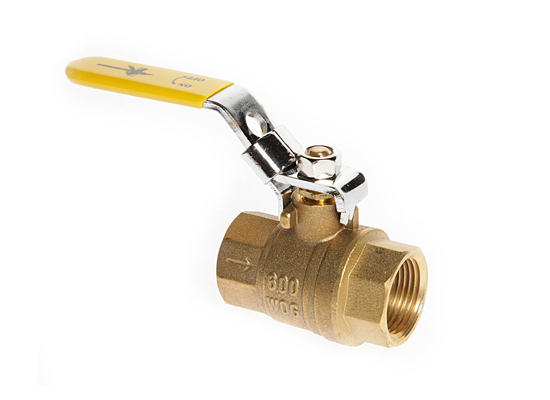
Structural Features: Features a diagonally mounted seat with a valve stem that lifts vertically. Commonly operated by pneumatic actuators.
Advantages: Fast response time, excellent flow capacity, and suitable for high-cycle applications.
Disadvantages: Slightly more complex structure; dependent on compressed air systems.
Valve body
Valve stem / plug
Spring
Pneumatic actuator
Valve seat
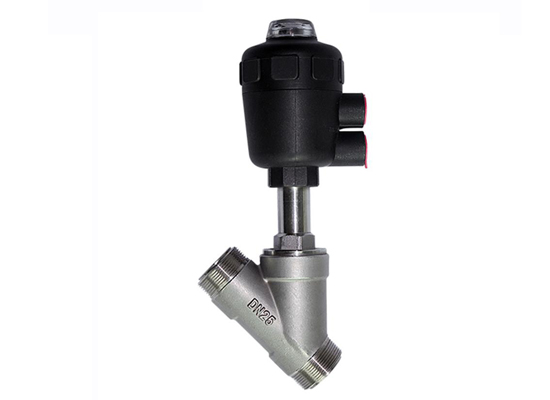
Angle seat valves are typically driven by compressed air. The actuator controls the vertical motion of the valve stem to open or close the flow path.
Opening Process:
1. The control system sends a signal to the actuator.
2. Compressed air enters the pneumatic cylinder, pushing the internal piston upward.
3. The valve stem rises, lifting the plug away from the valve seat.
4. The flow path opens, allowing media to pass through.
5. Thanks to the angled valve body design, the open channel offers minimal flow resistance and extremely low pressure drop.
Closing Process:
1. The control signal is removed or reversed.
2. The air inside the actuator is vented.
3. A built-in spring mechanism pushes the piston and valve stem downward.
4. The plug returns to the seat, sealing the valve tightly.
This combination of pneumatic actuation, angled seat design, and spring return enables rapid cycling and secure shutoff, making angle seat valves ideal for high-speed automation environments.
Want to explore more about the internal structure and working principle of angle seat valves? Read our detailed technical article to know more.
Conclusion
When comparing to ball valves, the angle seat valve has a more complex structure and requires a dedicated pneumatic control system. However, its fast response and low pressure loss make it highly suitable for automated, high-frequency operations.
Ball valves, on the other hand, offer a more robust construction and are often manufactured in materials optimized for high-pressure and corrosive environments. They are better suited for applications that require durability and tight shutoff without frequent actuation.
Each valve type has its strengths—the right choice depends on your system’s specific requirements.
Drive Types:
Angle seat valves are available in pneumatic and electric versions, with pneumatic actuation being the most common.
Ball valves are primarily available in manual and electric-operated types.
Structural Variations:
Angle seat valves are offered in single-seat and double-seat designs, with options for full-bore and reduced-bore flow paths.
Ball valves are available in T-port and L-port three-way configurations, with full-bore and reduced-bore versions also widely used.
In addition, there are distinctions made between angle seat valves and ball valves based on Connection Types and Material Options,You can learn more about different types of angle seat valves detailed information.
Angle Seat Valve:
Features a modular design that simplifies maintenance.
The pneumatic actuator has a long service life and is less prone to contamination from fluid accumulation.
Designed for extended duty cycles, with fewer performance degradations over time.
Ball Valve:
While the valve body is mechanically durable, the electric actuator tends to have a higher failure rate and shorter service life.
This results in more frequent maintenance and higher associated costs.Visit this article to enquire more maintenance information.
Maintenance Frequency:
Angle seat valves typically require servicing every 6–12 months.
Ball valve actuators may need inspection or maintenance as often as every 3–6 months.
Conclusion:
In continuous or long-duration operations, angle seat valves reduce the maintenance burden and minimize the risk of unplanned downtime.
Commonly made from 316L stainless steel, featuring a smooth internal cavity.
Fully compatible with CIP and SIP procedures.
Widely used in industries with strict hygiene standards, such as food & beverage, dairy, and pharmaceutical manufacturing.
Certain internal geometries make complete cleaning difficult.
Prone to residual fluid buildup in the valve cavity, which poses a contamination risk.
Generally unsuitable for ultra-hygienic environments.
| Aspect | Angle Seat Valve | Ball Valve |
| Initial Purchase Cost | Slightly higher | Lower |
| Actuator Cost | Lower | High |
| Installation & Commissioning | Fast and simple | Relatively complex |
| Maintenance Cycle | Long | Short |
| Overall ROI | High | Moderate |
In terms of initial investment, the cost of angle seat valves is higher than that of ball valves. However, in terms of later usage and maintenance costs, the cost-effectiveness of angle seat valves is higher than that of ball valves.
If you are building or upgrading an automated production line, especially in industries that demand high speed, cleanliness, and seamless system integration, the angle seat valve is undoubtedly the smarter choice.
On the other hand, ball valves remain a solid option for high-pressure or cost-sensitive traditional systems.
Q1: Are angle seat valves much more expensive than ball valves?
A: The initial purchase cost is slightly higher. However, angle seat valves save on electricity, labor, and maintenance time, resulting in a better ROI in the long run.
Q2: Can angle seat valves be used in high-pressure systems?
A: Yes, they can. But for conditions exceeding 16 bar, it is recommended to choose reinforced models or continue using ball valves for enhanced safety.
Q3: Can I directly replace a ball valve with an angle seat valve in my existing system?
A: In many cases, yes—as long as the size, actuation method, and control interface are compatible. However, we highly recommend having your engineering team assess system compatibility before replacement.
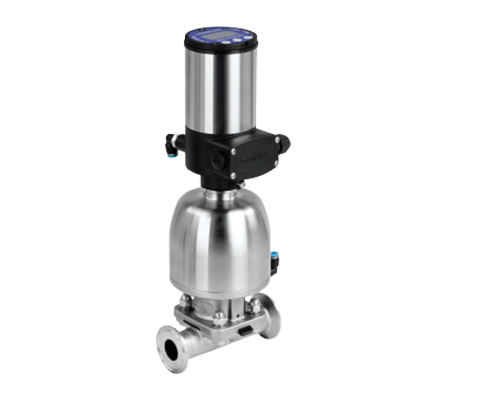 What is a Pneumatic Diaphragm Valve? Follow This Comprehensive Analysis
What is a Pneumatic Diaphragm Valve? Follow This Comprehensive Analysis
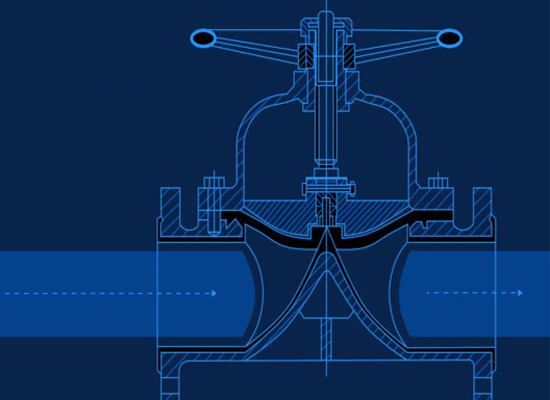 Diaphragm Maintenance and Replacement Guide for Diaphragm Valves
Diaphragm Maintenance and Replacement Guide for Diaphragm Valves
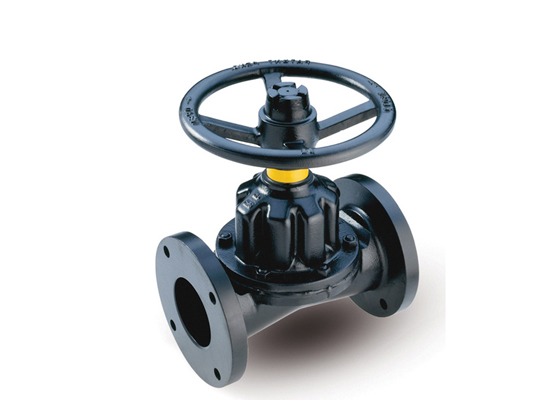 What is special about diaphragm valves compared to ordinary valves
What is special about diaphragm valves compared to ordinary valves
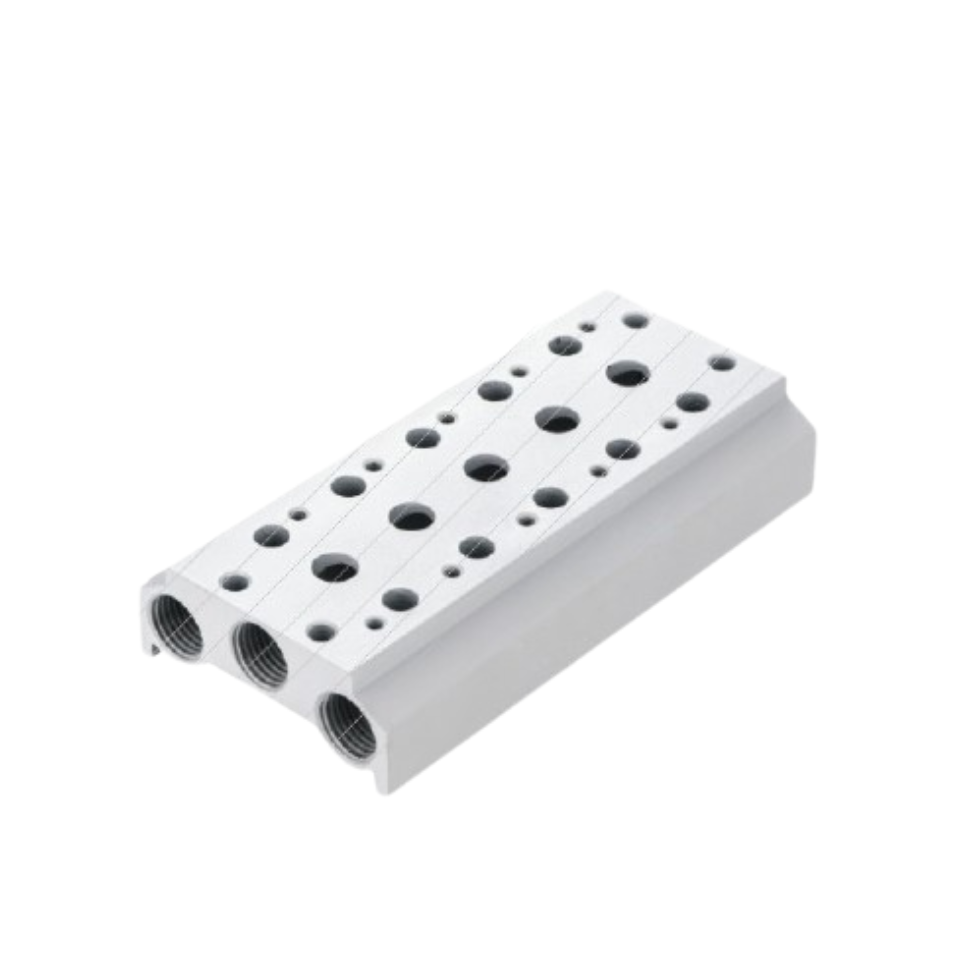 Comprehensive Analysis of Solenoid Valve Manifolds: Definition, Working Principle
Comprehensive Analysis of Solenoid Valve Manifolds: Definition, Working Principle
 AWG:Why do We Need the American Wire Gauge?
AWG:Why do We Need the American Wire Gauge?
You May Interest In


Jul 30, 2025 Blog
AWG:Why do We Need the American Wire Gauge?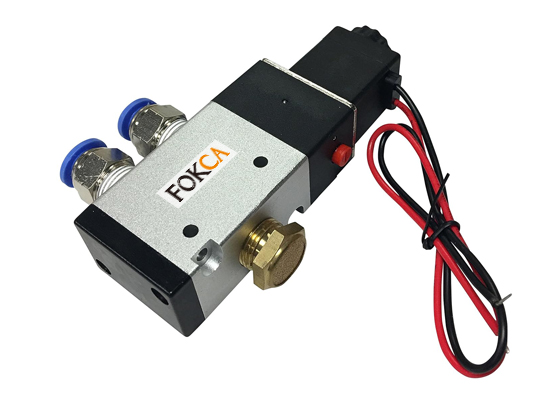
Jul 28, 2025 Blog
How to check air solenoid valve?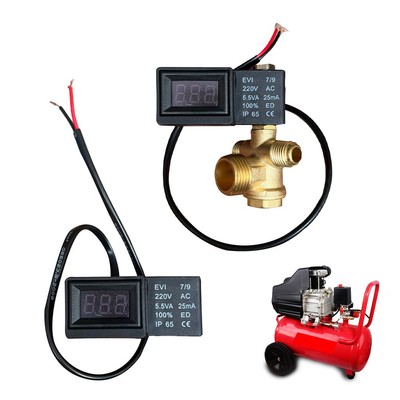
Jul 24, 2025 Blog
How to check the solenoid valve?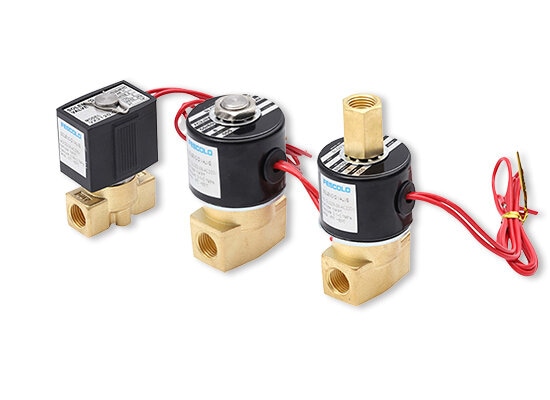
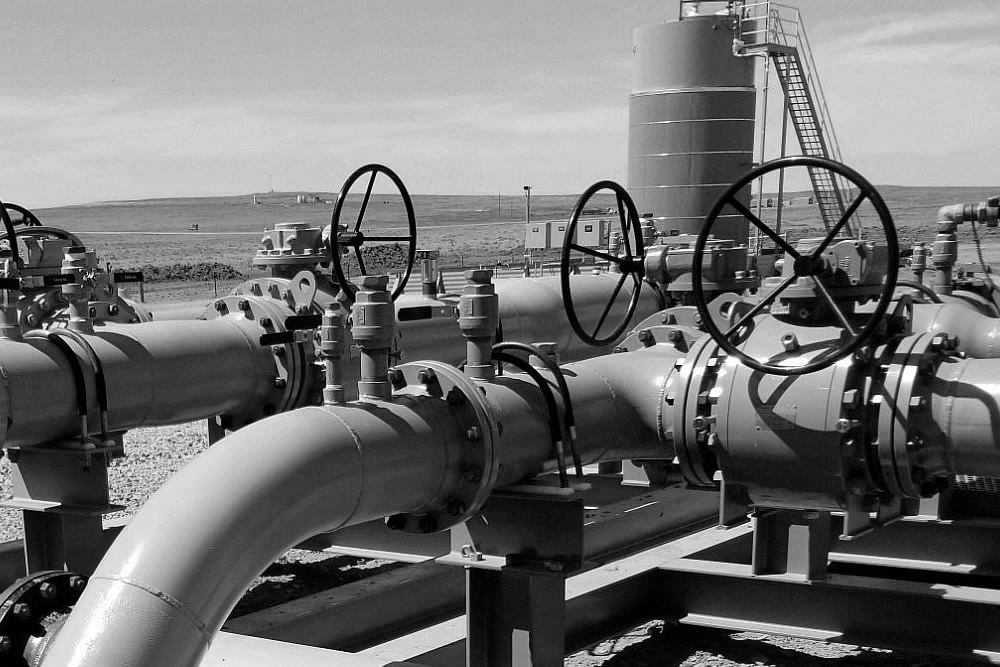
Apr 22, 2025 Blog
Pneumatic Globe Control Valve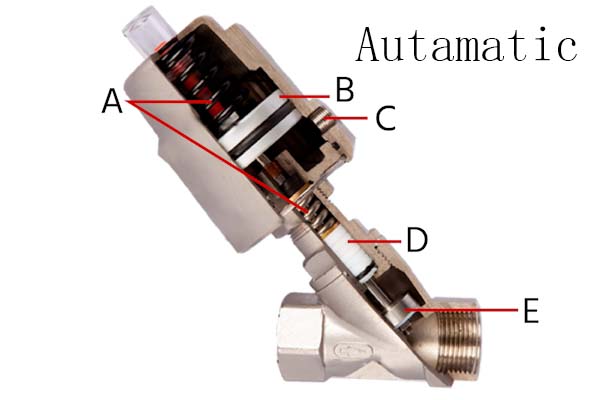
Apr 16, 2025 Blog
A Guide to Understand Angle Seat Valve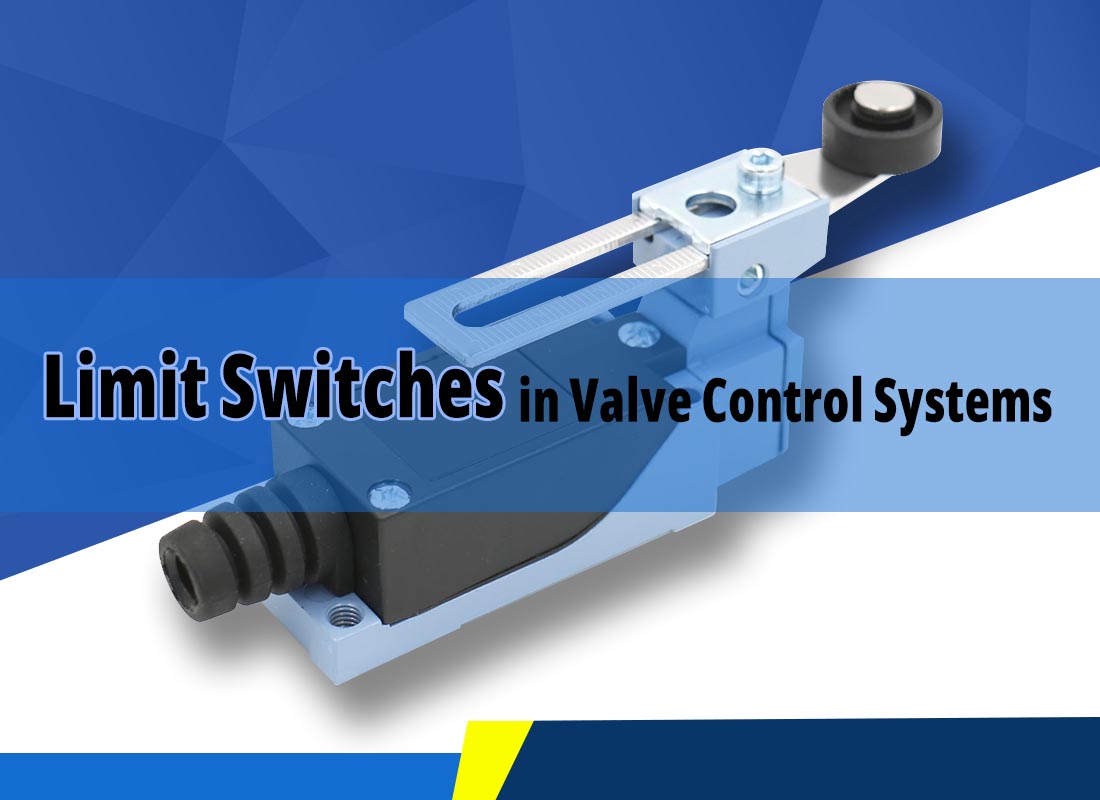
Apr 10, 2025 Blog
Limit Switches in Valve Control SystemsFOKCA ©1998-2025 All Rights Reserved Sitemap